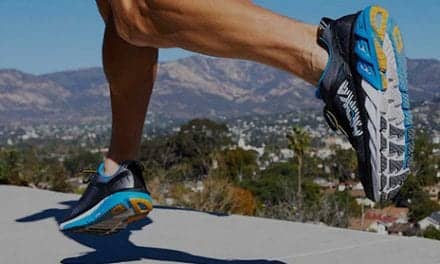A study analyzing reviews of orthotics and shock-absorbing insoles challenges the notion that shoe inserts that cushion the foot can help prevent injuries among those who run, walk, or play sports.
The reviews lean toward the suggestion that only orthotics, which are actually molded to a person’s foot, seem to play a role in injury prevention.
“There appears to be little merit in using shock-absorbing insoles for the prevention of injury, while there is some evidence that foot [orthotics] are effective for the prevention of some injuries like stress fractures and shin pain,” says Daniel Bonanno, author of the review, which appears in the British Journal of Sports Medicine.
“Given that the majority of studies included in our review weren’t well-designed trials, better-quality research on this topic is needed to better inform consumers and clinicians as to whether foot [orthotics] or shock-absorbing insoles can be used to decrease injury risk,” adds Bonanno, a lecturer in podiatry in the College of Science, Health, and Engineering at La Trobe University in Melbourne, in a media release from MedlinePlus.
In the study, Bonanno and his research team analyzed results from 11 trials that evaluated orthotics, and seven trials that evaluated shock-absorbing insoles.
They found, per the release, that foot orthotics seemed to help prevent overall injuries, shin pain, and some stress fractures of the foot and leg. Shock-absorbing insoles, however, did not.
More specifically, the release adds, foot orthotics reduced the risk of overall injury by 28%, while they cut the chances of a stress fracture by 41%. However, they did not lower the incidence of tendon or muscle injuries, or knee and back pain.
Shock-absorbing insoles didn’t lessen the risk of any type of injury. However, according to one trial, they might even increase the risk of injury, per the review findings.
“Insoles may reduce shock, but have no significant arch, and thus do not provide adequate support,” says Dr Robert Glatter, an emergency room physician at Lenox Hill Hospital in New York City. “That said, combining shock-absorbing qualities with adequate support [orthotics] may ultimately be the answer.”
[Source: MedlinePlus]





